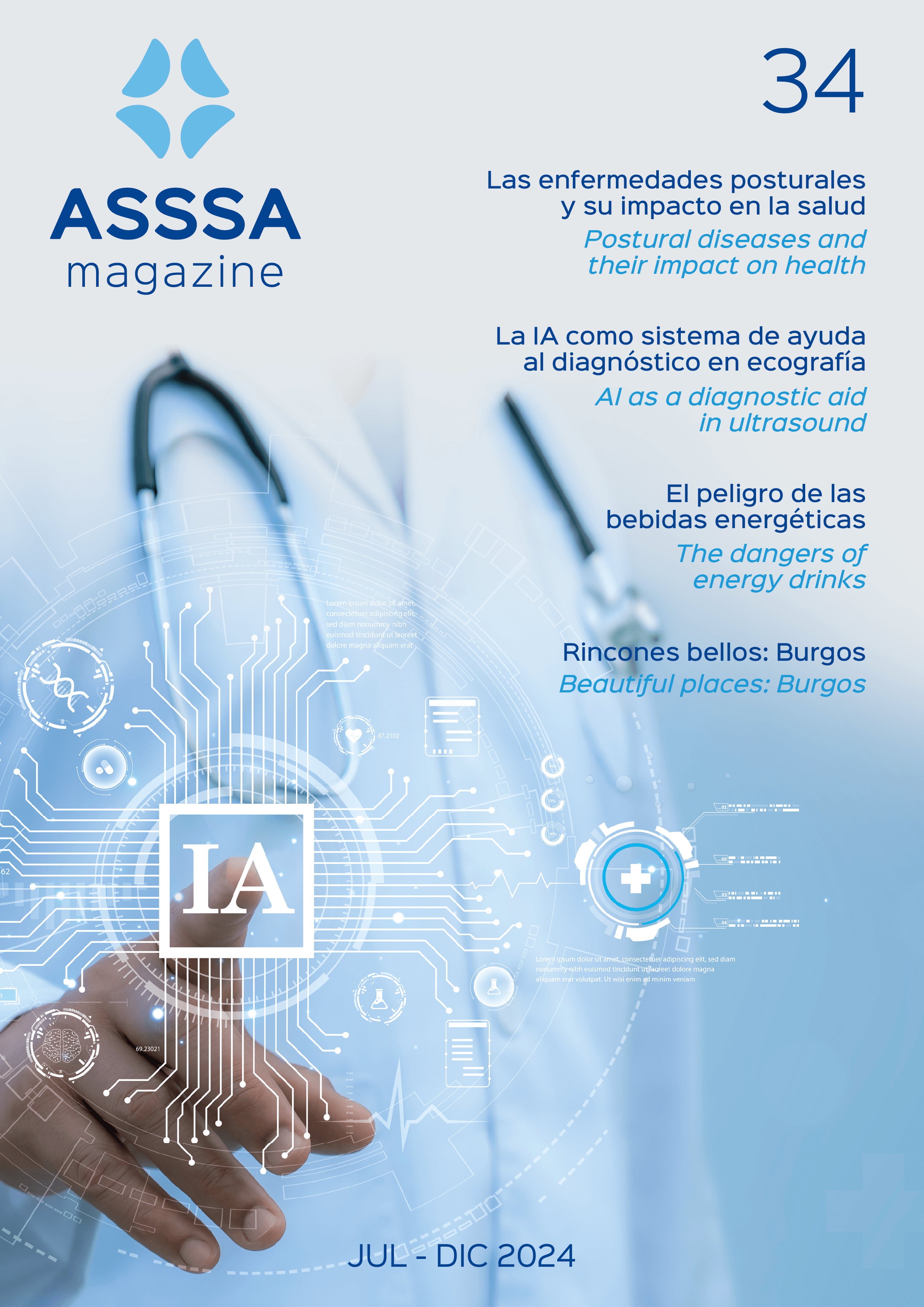
Artificial intelligence (AI) has arrived to shake up the world, including medicine and radiology.
At present, many leading medical centres are incorporating this tool into workflows with the aim of improving the quality of care they provide. Specifically in ultrasound, artificial intelligence is being put to a range of different uses:
- Improved image quality. The automatic adjustment of image parameters allows quality to be improved without the radiologist having to worry about adjusting them manually, so they can focus all their attention on the medical procedure.
- Detection of lesions. Artificial intelligence complements the radiologist’s view, indicating areas of the image where pathology may be found.
- Obtaining automatic measurements. AI can be used to automatically obtain diameter or lesion volume measurements, saving time and actually resulting in greater accuracy.
- Comparison. Some artificial intelligences can be shown two images obtained at different points in time and they will be able to identify any changes.
- Automatic image annotation. Usually the images obtained during an ultrasound must be labelled with the location or characteristics of the acquisition performed. AI makes it possible to automate or speed up this process.
- Probabilistic diagnosis of lesions. Some advanced artificial intelligences are able to suggest a probabilistic diagnosis. It’s important to note that this diagnosis can guide the doctor, but does not replace their experience. Plus, the doctor doesn’t make a diagnosis based on the image alone, but also on the patient’s medical history.
- Help obtaining biopsies. Artificial intelligence allows real-time image retouching by magnifying lesions or enabling better identification of the needle with which the biopsy is to be performed. This makes these procedures even safer.
- Automatic Doppler study of arterial flows. When performing an arterial study with Doppler ultrasound, a spectral measurement of the pulse is obtained. Traditionally, the radiologist had to perform a manual analysis of this pulse curve to obtain parameters of clinical interest, such as the resistance index. There are currently automatic mechanisms that perform the measurement instantaneously and in several cardiac cycles, improving the reliability of the measurements.
- Image processing. AI improves image post-processing, for example, enabling three-dimensional reconstructions to be produced.
The functions described certainly can’t be used in every area of the body, but more and more types of ultrasound are being enhanced by these tools. For example, they can be used in thyroid, liver, prostate and breast ultrasound.
In short, artificial intelligence is a new ally for radiologists and their patients. In combination with expert handling of the ultrasound probe and the specialist’s clinical knowledge, it can improve diagnostic efficiency and quality of care.
Juan Delgado
Medical Director of Sanicur Clinic












